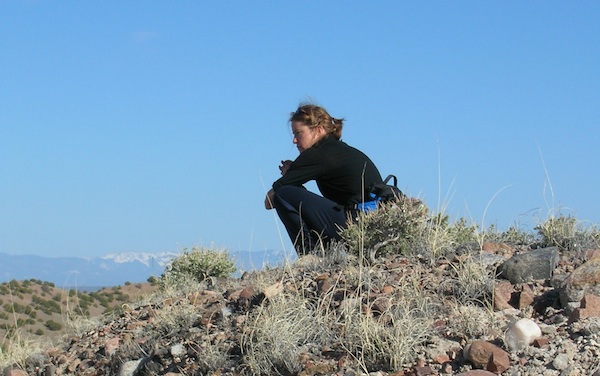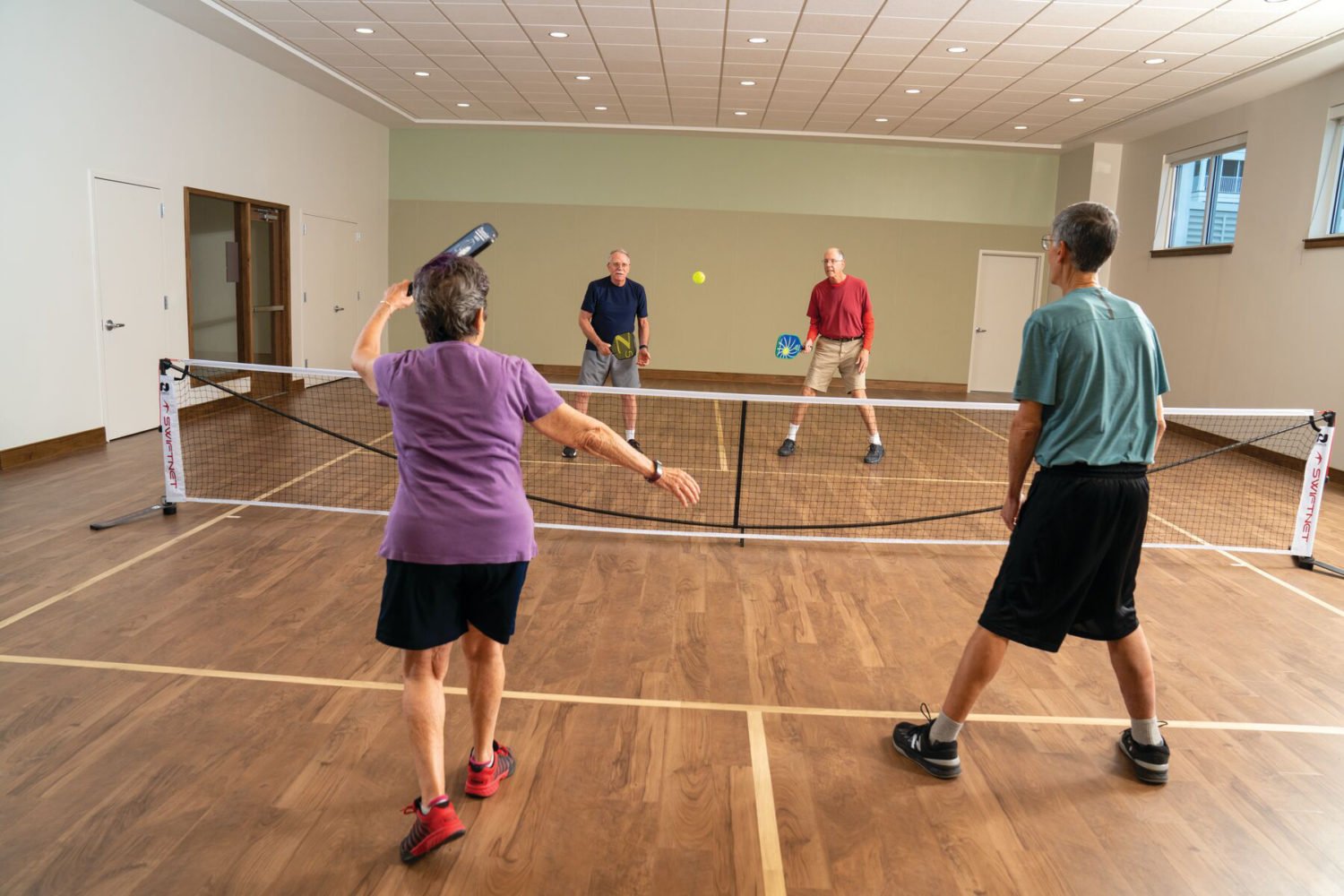Something interesting happened to Ann Bartlett the first time she got a massage for a back injury: her blood-sugar levels lowered.
A Type 1 diabetic since age five, Bartlett was puzzled. “I found that when I would have a massage or meditate, my insulation dosage would be decreased, sometimes significantly.”
By the time she was in massage school at Kripalu Yoga Ashram in Lenox, Massachusetts, where she would give two-hour massages and then receive her own, she only had to take eight units of insulin a day—down from 22.
“That’s when I began to realize that something happens internally when I do this, and I can’t explain it,” Bartlett says. “But it’s one of those things where I can’t go to conventional medicine and say, ‘Test this!’ ”
While most diabetes and massage-related studies are inconclusive, massage therapy is among the complementary medicine therapies with one of the highest physician referral rates, according to a study conducted by the Stanford Center for Research in Disease Prevention.
Bartlett spent her childhood accommodating for the chronic disease that approximately 25.8 million Americans suffer from, according to the American Diabetes Association. Type 1 Diabetes, causes the pancreas to fail to produce sufficient insulin—about 5 percent of people with the disease fall into this category. Two times a day, in the morning and at night, Bartlett took her insulin shots so that her body could use glucose from her meals.
When she was in the second grade, she transferred from the public school system in Philadelphia to a smaller private school in the suburbs on the recommendation of her principal. “It might be easier for her,” he told her parents. “Given her condition and being ADD, it might be better to put her in a smaller classroom.”
At the Kimberton Waldorf School, Bartlett had 437 acres of farmland, streams, and woods to explore. The school’s doctor and nurse practiced homeopathic medicine, and dispensed arnica instead of aspirin. “It had this very earthy, crunchy side to it,” Bartlett recalls. “The school had this well-rounded approach that encompassed the mind, body, and soul.”
Although her parents were “mainstream,” they soon realized the perks of their daughter being active. Bartlett had grown up in a “get out, be out” family; her grandfather was silver medalist Olympian runner and her mother an All-American hockey player. If Bartlett had the opportunity to move around and stay healthy, her parents thought, they’d give the “crunchy” school a shot.
But by the time Bartlett graduated, she was ready to get out of the au naturale world. She considered going to school for physical therapy and worked a five-year stint with Reebok as an athletic trainer for world-class runners. Then, when she started having issues with her gall bladder—what doctors told her was a diabetic complication—Bartlett was forced to rethink her career path.
Almost too late, they realized her gall bladder issues were more serious; the organ ended up being removed. Post-surgery, her surgeon told her, “Forty percent of the population loses their gall bladder. You’re one of them.”
“All of a sudden I had this huge need to be heard,” Bartlett says. “I almost lost my life due to the fact that [the doctors] kept saying, ‘No, no, no.’ ” She started blogging for Arlington-based Web site HealthCentral[http://www.healthcentral.com] and realized the local community was actually interested in her story and her advice on living with a chronic illness.
Her blogging efforts and conflict with her doctors led Bartlett to advocate for an integrated approach for those living with chronic illnesses. She now owns and runs the Body in Balance Center in Alexandria with Joseph Henderson, a chiropractor. The four-year-old wellness center has seven practitioners who specialize in non-conventional fields, such as reiki and acupuncture. Bartlett and Henderson encourage their patients to build a healthy relationship with their doctor while incorporating alternative treatments like meditation, yoga, or acupuncture. Both conventional and non-conventional medicine are tools to recovery, they say.
Bartlett, who works with patients who suffer from diseases like ALS, multiple sclerosis, and cancer, say there are always skeptics who question their methods of healing. They’ll often blame the placebo effect, claiming that the recovery is all in one’s mind, and has nothing to do with the physical touch.
In those cases, Bartlett says her diabetes is the “watchdog.” Her blood-glucose meter readings are tell-tale signs that something positive happens to her own body after a therapy session.
“I’m at 41 years with Type 1 and I have no complications, which puts me in a 4 percent range,” she says. “So how are things going? Very well.”













